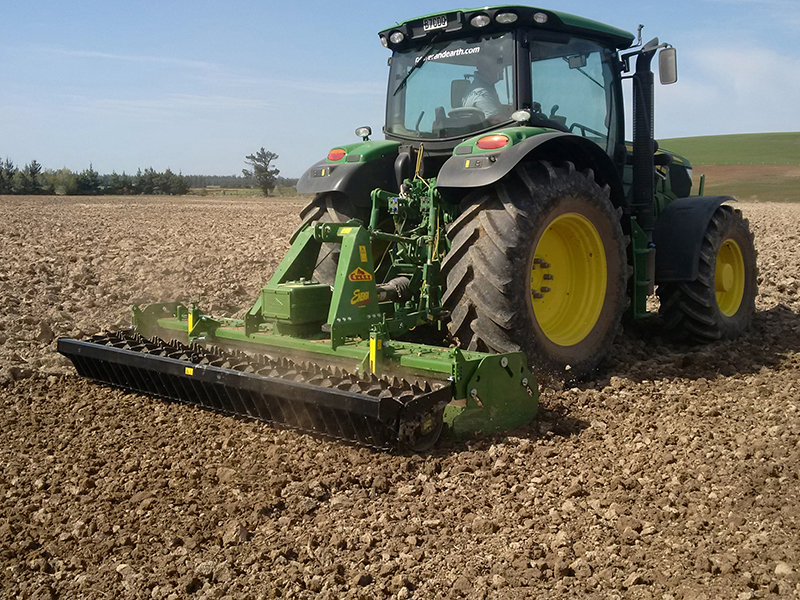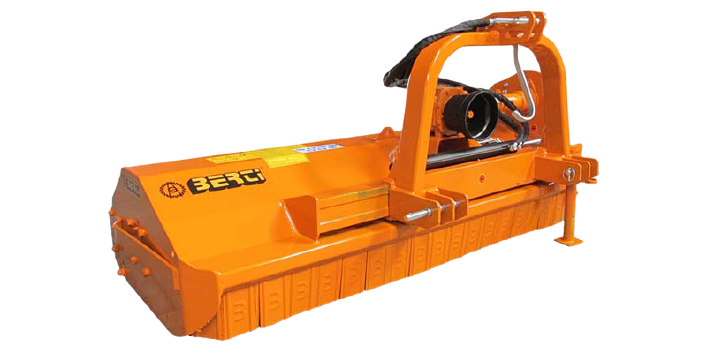Harrows NZ-wide is used to break up dirt and flatten the surface in preparation for planting or after ploughing. Choosing the appropriate harrow requires determining what conditions will be handled as well as the equipment that will be utilised in combination with this tool. There are a few different sorts of harrows: disc models, tine models, and drag chain models are the most prevalent. Each is suitable for a distinct type of job.
What to consider when buying the right harrow for your application:
Cultivation:
The flexible Stump Jump Harrow is the
secondary tillage equipment to consider if your land is uneven, rough cleaned,
or contains light stony parts. The floating stump jump motion is a tried and
true agricultural implement made of high carbon steel. Suitable for breaking
down clods, final seed preparation of the land, and levelling heavy pasture
area that has been plugged up or packed down. Stump Jumps are also great for
weed control and the preparatory stage of vegetable production.
To ensure true tracking and correct
stump-jump movement, each Stump Jump segment is attached to the drawbar by four
hitching points – one ahead of each row of tines.
Abbey Diamond harrows are a good choice for
wide terrain and lighter loamy soils, and they're a good tool for weed
management and seedbed preparation. It will give your crops every chance by
cracking soil crusts and permitting enhanced aeration and moisture penetration.
Leveling
In addition to sowing or cultivating
instruments, levelling harrows are a good choice. The flexible frame design
provides durability in various soil types and is designed to level soil and
seedbeds. In light to medium soils, 3 and 4 rank versions are ideal for use
with combines and seed drills to cover seed. In heavy soils, the 5 rank model
is utilised to combat weed development and break down huge clods. It's a
popular tool that goes well with cultivators and scarifiers.
The 'Extra Heavy' Leveling Power Harrow is a good alternative if you want to level your land and require a harrow that can withstand the demands of today's conditions. Each tine is made of high carbon steel and has been specifically forged to expose a diamond form that will help you level your ground. Tine spacing is the same as the regular form, making it particularly ideal for heavier clay soils and for usage after primary or secondary irrigation.
Pasture
For pasture establishment, management, and renewal, the Pastureland Harrow System is recommended. Using this equipment will boost pasture growth by breaking down and distributing animal manures and other organic waste uniformly across the entire pasture. This light duty harrow is best for pastures under 100 acres (40 hectares) and tows readily behind small and medium tractors.Four rows of double-sided tripod tine
units are used to cut through manure, clods, and coarse vegetation. The hefty
steel square chain mesh that follows the tripod portion further pulverizes and
spreads the manure and organic particles, revitalizing the pasture. The
"regular" single-mesh chain has eight rows of chain, a spreader bar,
and drag weights.
For more information about Leaf Spring, Abbey machinery, rotary hoes for sale, effluent disposal and Harrow NZ wide visit our website or feel free to contact us now.


